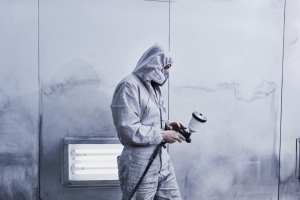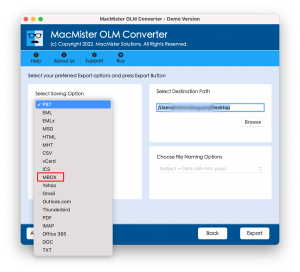Introduction
Metal casement windows have been gaining popularity for their clean lines, slim profiles, and modern yet timeless look. Known for swinging open like a door with side-mounted hinges, these windows allow for great ventilation and unobstructed views. Whether you're building new or upgrading your current windows, metal casement options can add style and value to your property.
Before you start searching for the perfect installer, it’s important to understand what makes metal casement windows unique—and what to look for when hiring a pro. From their benefits to the installation process, this guide covers everything you need to know to get started.
Benefits of Metal Casement Windows
One of the biggest perks of metal casement windows is how they balance form and function. They're more than just sleek and attractive—they offer real performance advantages too.
Energy Efficiency
Thanks to their tight seal when closed, casement windows help reduce drafts and keep indoor temperatures stable. This energy efficiency can lower utility bills and make your home more comfortable year-round.
Durability That Lasts
Metal—especially steel or aluminum—is naturally strong and resistant to warping, rotting, and pests. That means you’ll get a window that not only lasts for decades but also requires minimal maintenance.
Modern Curb Appeal
With their minimalist frames and large glass panes, metal casement windows enhance any architectural style, from classic to contemporary. They also allow for more natural light, making interior spaces feel larger and more inviting.
Factors to Consider Before Hiring a Professional
Installing metal casement windows is a job best left to professionals. But before you hire someone, take time to vet your options. Choosing the right installer can mean the difference between a smooth process and a costly headache.
Qualifications and Experience
Not all contractors have the same level of experience with metal window systems. It’s essential to find someone with a proven track record.
- Licensing and Insurance
Always confirm that the installer is licensed to operate in your area and carries both liability insurance and workers’ compensation. This protects you from legal or financial issues if something goes wrong during the project. - Past Project Examples
A good installer should be proud to show you their portfolio. Ask for photos of completed metal casement window jobs, or even references from past clients. This gives you a sense of their workmanship and style compatibility.
To ensure you're working with a trusted metal casement installer, it's worth reviewing their website and checking for certifications or affiliations with professional organizations.
The Installation Process
Understanding the steps involved in the installation can help you prepare your space—and your schedule—accordingly. While each project may vary slightly, most metal casement window installations follow a similar flow.
Initial Consultation
This first step sets the tone for the entire project. During the consultation, the installer will visit your property, discuss your vision, and evaluate existing window openings.
- Measurements and Design Review
Precise measurements are crucial to ensure a perfect fit. The installer will also help you decide on frame finishes, glazing options, and hardware that best complement your home. - Quote and Timeline
After the consultation, you’ll receive a detailed quote that includes labor, materials, and estimated project duration. Make sure everything is clearly outlined in writing before giving the green light.
Preparation and Installation
Once the windows are ready, the crew will return to install them—typically over the course of a few days depending on the scope of the project.
- Removal of Old Windows
Existing windows are carefully removed, and the area is prepped to receive the new units. This may involve minor adjustments to the opening or surrounding structure. - Fitting and Sealing
Each metal casement window is placed with precision, leveled, and secured. High-quality seals and flashing are applied to prevent leaks and ensure long-term performance. - Finishing Touches
After installation, the installer will add trim, touch up paint or caulking, and walk you through how to operate and care for your new windows.
Conclusion
Metal casement windows offer a beautiful blend of durability, efficiency, and modern design. But to truly enjoy their benefits, it’s important to choose the right professional for the job. By checking qualifications, reviewing past work, and understanding the installation process, you can approach your project with confidence.
If you're considering this stylish window option for your home or business, don’t leave the job to chance. Trust a knowledgeable metal casement installer who understands the materials and has the skills to ensure everything goes off without a hitch. The result? Windows that not only look great—but perform beautifully for years to come.






